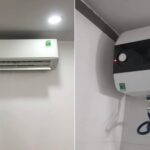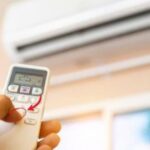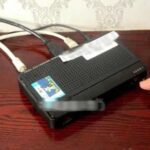A technician from the power company candidly shared a story: “Four electrical appliances, if not unplugged, could double your electricity bill every month!”
Surprisingly, many appliances silently consume electricity in standby mode, and air conditioners are the primary culprits.
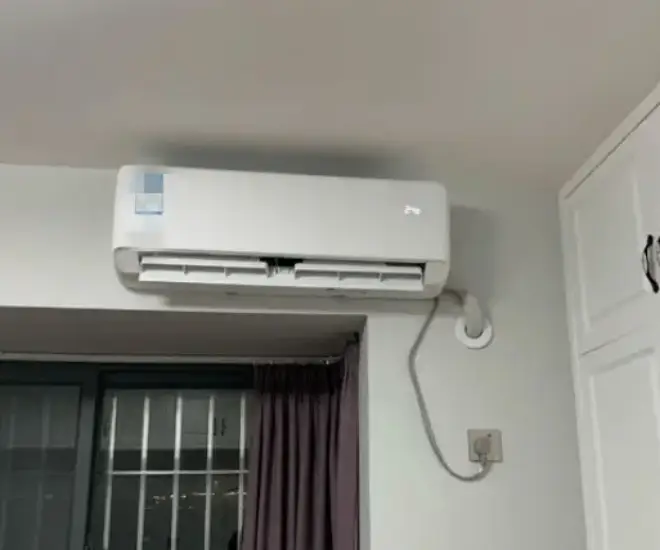
1. Air Conditioners: Hibernating Yet Power-Hungry
Nowadays, most air conditioners have both cooling and heating modes. However, during winter, the usage of air conditioners significantly decreases.
Many households believe that turning it off with the remote is sufficient, but in reality, if it remains plugged in, the air conditioner still consumes electricity. The outdoor unit quietly operates at a very low but constant level.
A simple experiment involves disconnecting the air conditioner’s dedicated circuit breaker and comparing the electricity meter readings before and after. The results immediately reveal the hidden power consumption.
This is true for both wall-mounted and floor-standing air conditioners. As long as the plug is inserted into the socket, the appliance is active and drawing power by the minute.
2. Set-Top Box: Small “Standby Light,” Large Electricity Bill
Although phones and computers have taken precedence, for many families, the TV remains the centerpiece of the living room. For convenience, many people never unplug the set-top box, keeping the TV and set-top box constantly connected and ready for use. As a result, electricity flows through the devices day and night.
On a previous visit to a friend’s house, the host mentioned that the TV was off, but when I touched the back of the TV cabinet, the set-top box felt like a miniature heater. Even though the screen was dark, the device was “operating in the background,” and the electricity meter was quietly ticking away.
The electricity consumption might be just a few milliwatts, but it adds up over time. Each silent tick contributes to the monthly bill, leaving many people surprised at the final amount.
The solution is simple: install a separate outlet with its own switch. After watching TV, simply flip the switch to cut power to the entire setup, saving electricity, prolonging the lifespan of the devices, and reducing the risk of overheating.
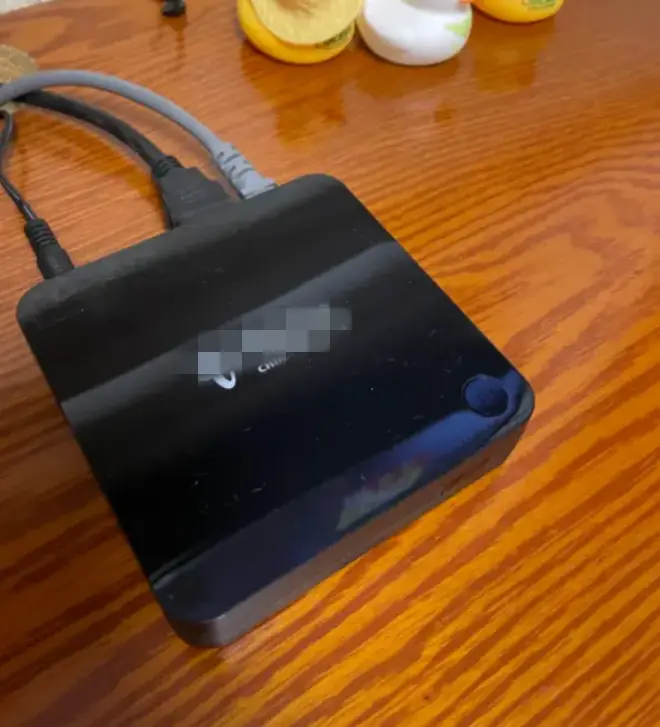
3. Water Heaters: The Most Power-Hungry Appliance in Winter
With every cold spell, social media buzzes with the question: “Should I keep the water heater on 24/7?” The answer is no.
Keeping the water heater plugged in continuously, especially in the 65°C temperature maintenance mode, leads to substantial electricity consumption, reduced lifespan, and increased risk of fire and explosion.
For example, a 60-liter water heater set to maintain a temperature of 65°C in standby mode will cause the electricity meter to run non-stop, even without drawing any hot water. This “heat retention” feature alone can consume about 150 kWh per month.
It’s not just about the electricity costs. Over the years, the heating element accumulates scale, doubling the time it takes to heat the water and reducing efficiency. A new machine might take half an hour to boil water, but an old one could take an hour and still produce only lukewarm water.
Worse still, continuous operation can cause the wires to become brittle and the electrical components to deteriorate. If not maintained properly, there is a risk of electrical leakage or short circuits.
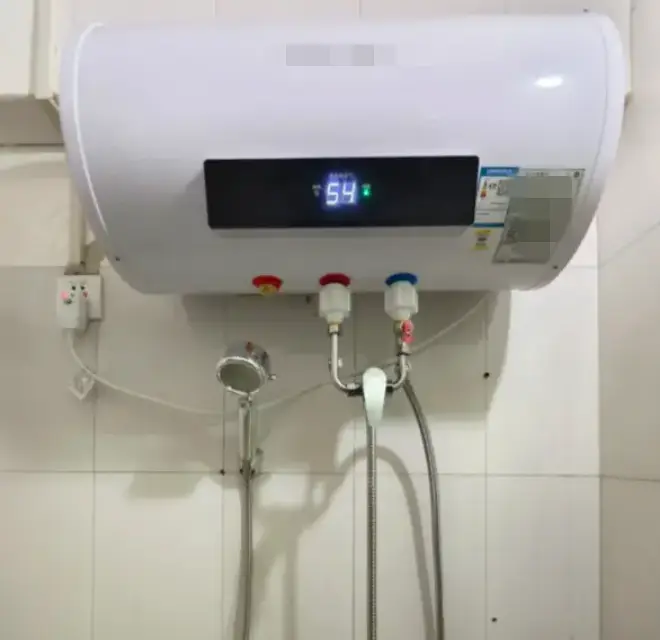
4. Small Home Appliances: Tiny Yet Power-Hungry and Dangerous
From humidifiers and water pumps to breakfast makers and kettles, small appliances have taken over every outlet in the kitchen and living room. Some are used once in a blue moon, while others are part of the daily routine. They make our lives more convenient, but many people assume that leaving them constantly plugged in is harmless and convenient.
Looking at the LED indicator, one might think it consumes only a few milliwatts, which is negligible. Some even believe that constantly plugging and unplugging them could damage the spring inside the outlet, so they leave them plugged in for good measure.
However, those milliwatts add up over time, and the electricity bill reflects that. The small current flowing continuously at night accelerates the aging of the wires inside the walls. This, in turn, increases the risk of electrical faults and sparks when you least expect it.
Therefore, to save money, protect your appliances, and ensure fire safety, unplug them when not in use.

